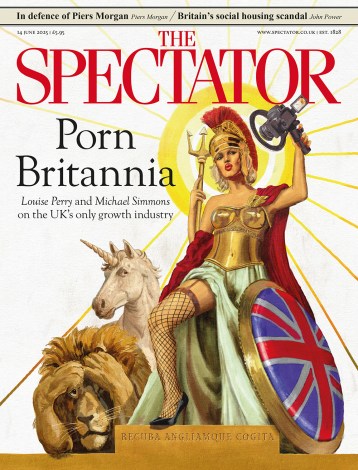I am in the most EU-ish bedroom in the EU. That is to say, I am lying in a refurbished room in the handsome 14th-century Chateau de Schengen, in the little village of Schengen, Luxembourg. From my casements, opened wide onto the sunny Saarland afternoon, I can see the exact stretch of the river Moselle where, on a boat floating between Germany, France and Luxembourg, the Schengen Agreement was signed in 1985. This was the agreement that sealed Free Movement as Europe’s defining ideal – one whose consequences are still unfolding.
I’ve been in Luxembourg for a week, on assignment, and this week has given me an insight into why the nations of the EU undertook their bold, remarkable experiment of no more borders. The first and obvious motivator was war. Luxembourg can look oddly new, or newish. Ancient-sounding villages are full of blocky 1960s houses. Supposedly medieval churches are clearly modern, lacking the rich patina of age.

Britain’s best politics newsletters
You get two free articles each week when you sign up to The Spectator’s emails.
Already a subscriber? Log in







Comments
Join the debate for just $5 for 3 months
Be part of the conversation with other Spectator readers by getting your first three months for $5.
UNLOCK ACCESS Just $5 for 3 monthsAlready a subscriber? Log in